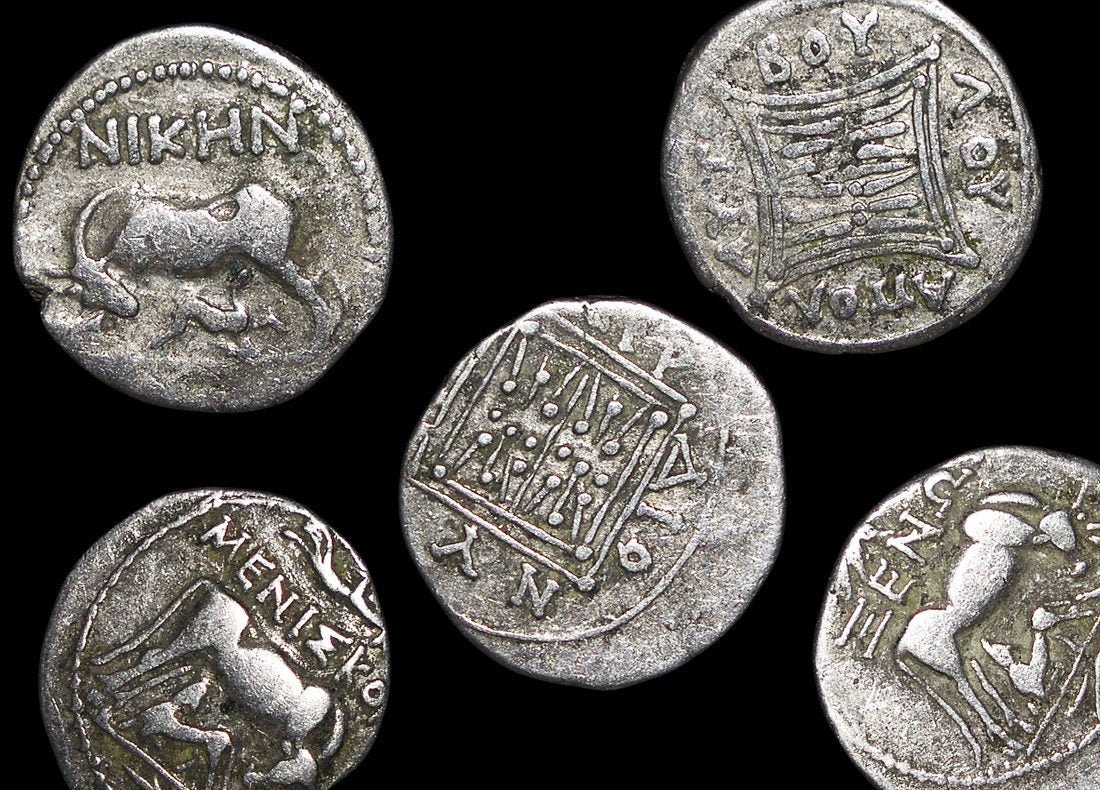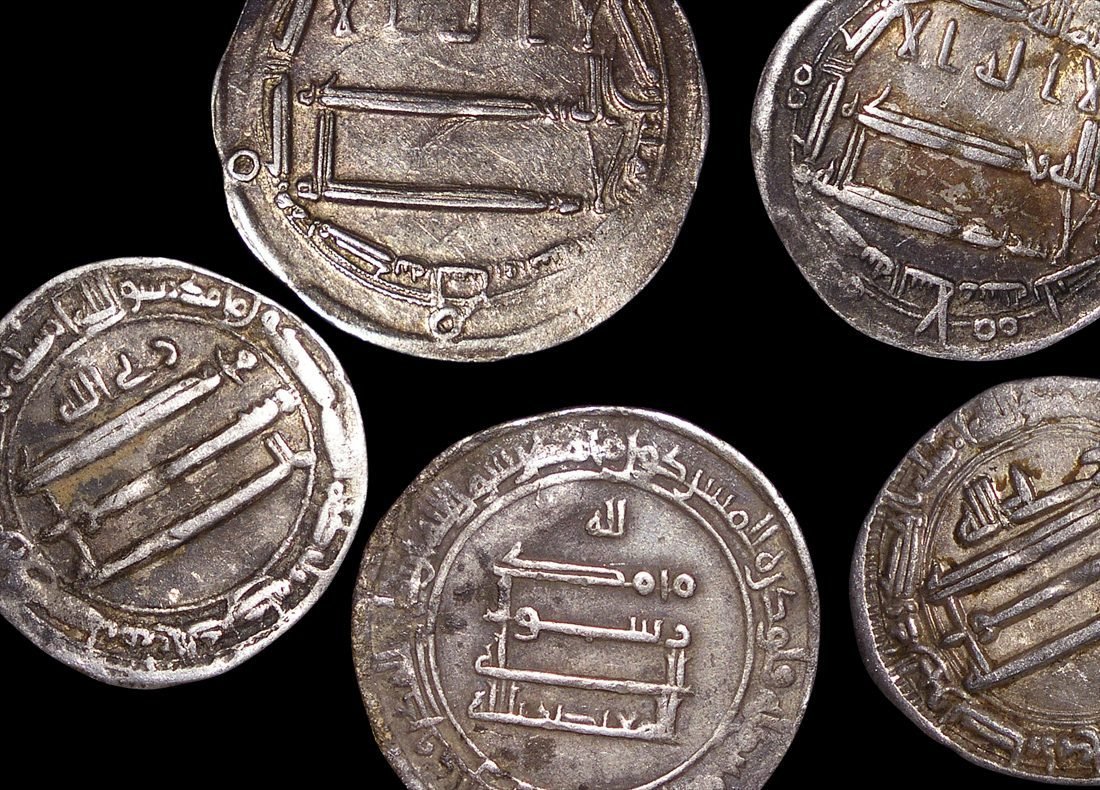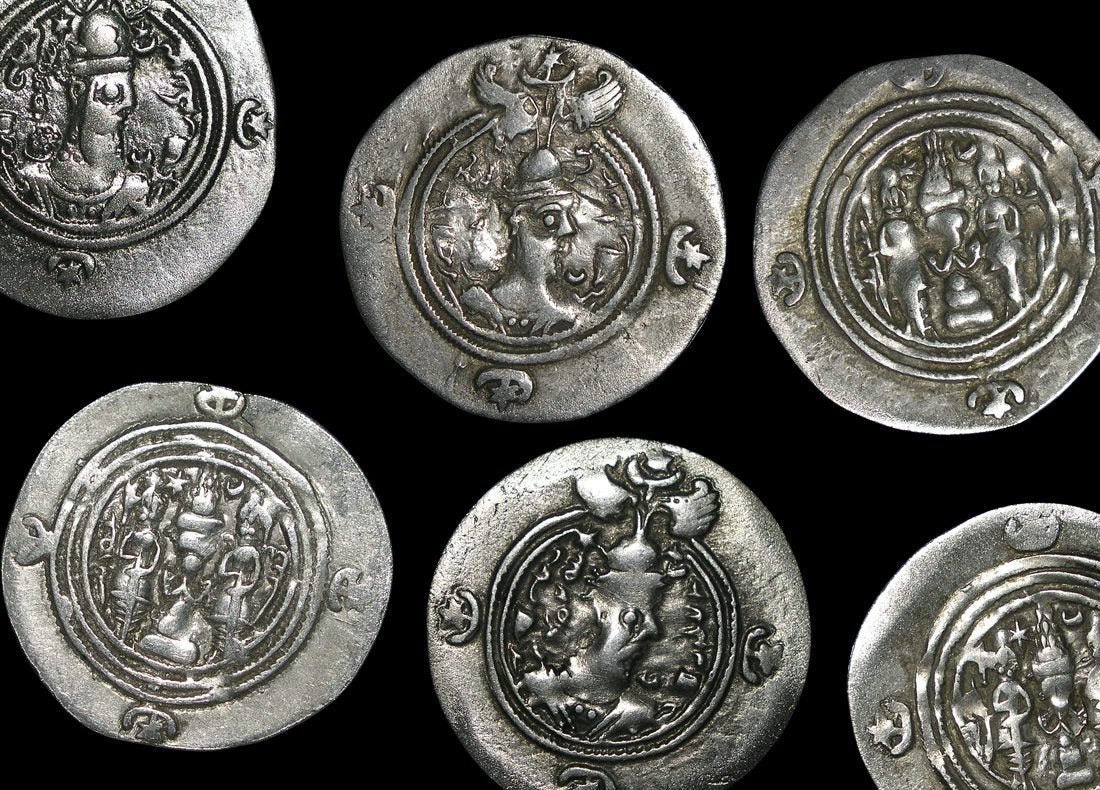Ancient Greece, Illyria, Apollonia As Roman Protectorate (C.229-100 Bce), Drachm
Coins in pictures are examples only.
Gk-Illyria Ancient Greece, Illyria, Apollonia As Roman Protectorate (C.229-100 Bce), Drachm (C).
One coin picked at random. An important city on the Adriatic with ancient trade links to Italy. Apollonia became a protectorate of the Roman Republic in 229 BCE, before formally becoming a province 148 BCE. This relationship allowed the city to prosper and it would become home to a renowned school of philosophy. An earthquake during the Later Roman Empire changed the course of the river Aous, causing the harbor to silt up and creating a malaria-ridden swamp, destroying the towns trade and driving its inhabitants away. Abandoned in late antiquity, it remained buried until rediscovered by archaeologists in the 18th century and subsequently excavated.
Coins in pictures are examples only.
Gk-Illyria Ancient Greece, Illyria, Apollonia As Roman Protectorate (C.229-100 Bce), Drachm (C).
One coin picked at random. An important city on the Adriatic with ancient trade links to Italy. Apollonia became a protectorate of the Roman Republic in 229 BCE, before formally becoming a province 148 BCE. This relationship allowed the city to prosper and it would become home to a renowned school of philosophy. An earthquake during the Later Roman Empire changed the course of the river Aous, causing the harbor to silt up and creating a malaria-ridden swamp, destroying the towns trade and driving its inhabitants away. Abandoned in late antiquity, it remained buried until rediscovered by archaeologists in the 18th century and subsequently excavated.
Coins in pictures are examples only.
Gk-Illyria Ancient Greece, Illyria, Apollonia As Roman Protectorate (C.229-100 Bce), Drachm (C).
One coin picked at random. An important city on the Adriatic with ancient trade links to Italy. Apollonia became a protectorate of the Roman Republic in 229 BCE, before formally becoming a province 148 BCE. This relationship allowed the city to prosper and it would become home to a renowned school of philosophy. An earthquake during the Later Roman Empire changed the course of the river Aous, causing the harbor to silt up and creating a malaria-ridden swamp, destroying the towns trade and driving its inhabitants away. Abandoned in late antiquity, it remained buried until rediscovered by archaeologists in the 18th century and subsequently excavated.







